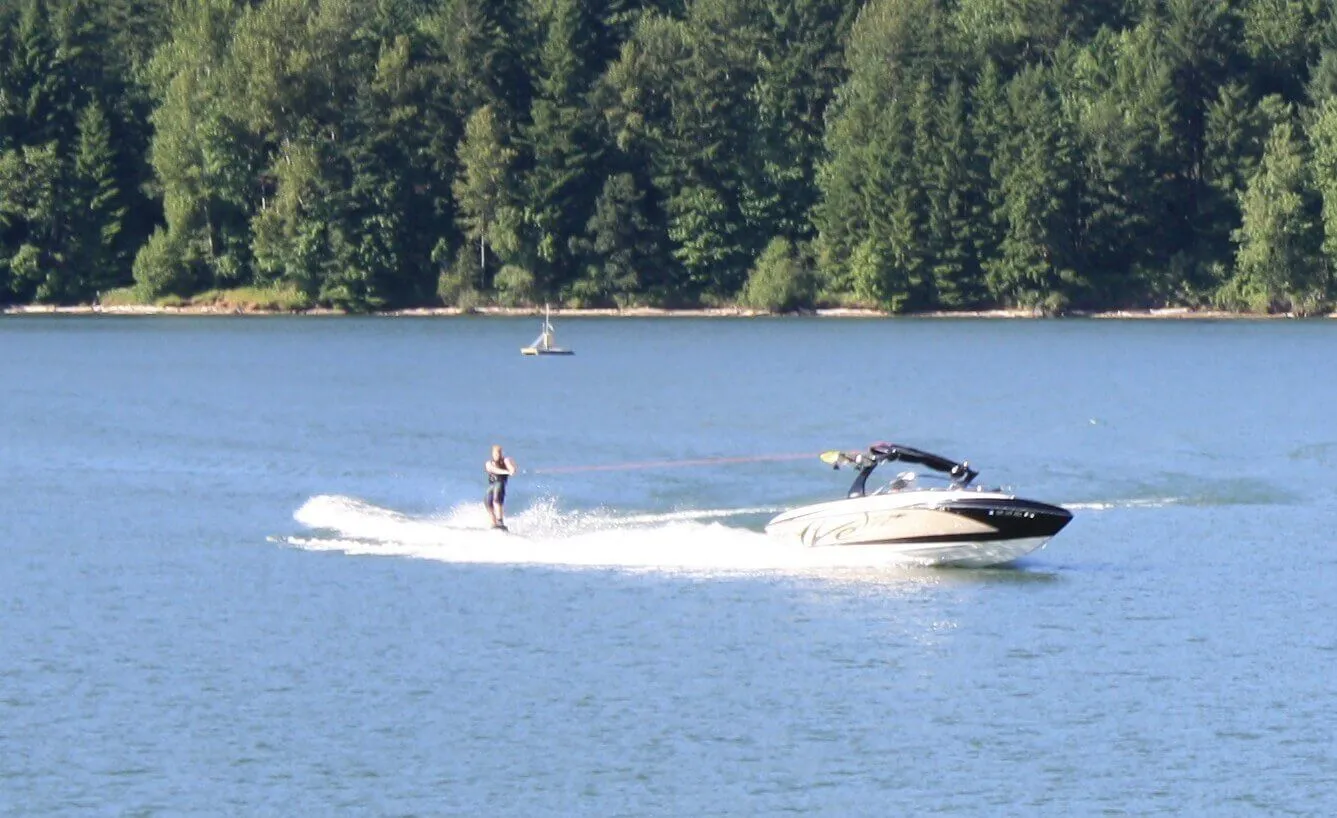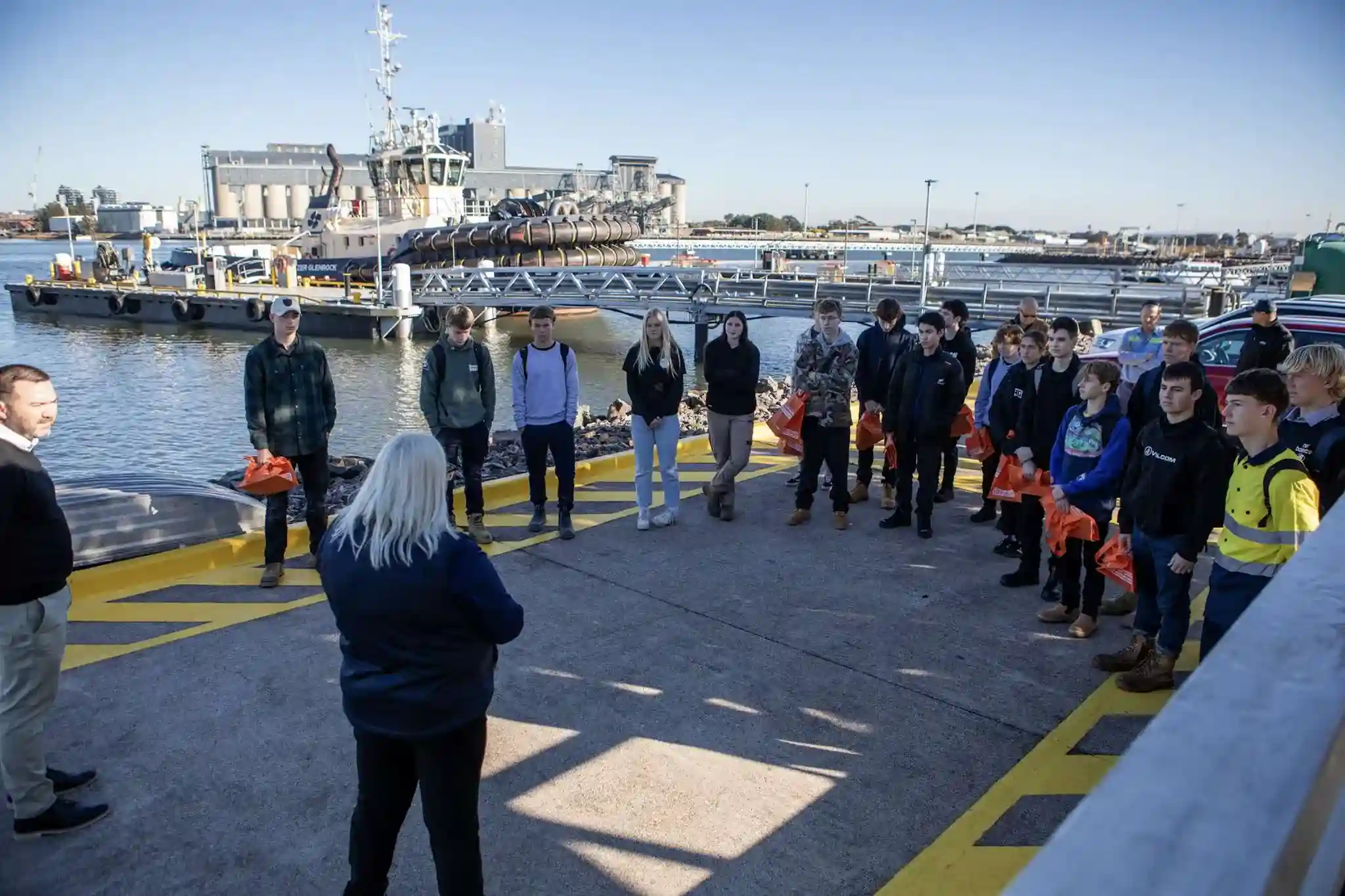
Those warm summer months of the year are finally upon us yet again, which can only mean one thing: fun on the open water is about to begin. Now is the time of year where not only experienced boaters take to the water, but many enjoying activities like water skiing for the first time. Those who may not be regular boaters might be unsure about not only the rules regarding water safety and the law, but the best practices they must adhere to in order to create the most enjoyable (and most importantly danger-free) experience possible.
Water Skiing, Towing and More: What You Need to Know
Everyone who ventures out onto the water for a little fun has a role to play and certain responsibilities they must meet, whether they realise it or not. Remember that failure to do so doesn’t just make you a danger to yourself – it puts everyone else trying to enjoy a warm summer’s day in harm’s way. If you’re going to be engaged in wake surfing, knee boarding, tubing and similar water sports, keep the following things in mind:
- Anyone on a vessel that is currently being towed must wear a life jacket. This includes someone who is on a water ski.
- If you are operating a vessel that is currently towing someone, you must be able to produce your current registration (if applicable).
- If you’re operating a towing vessel, you must also have a minimum crew of at least two people – the driver (which will presumably be yourself) and an observer.
- You must carry all appropriate safety equipment at all times, no exceptions.
- If you are driving a vessel that is currently towing someone, you must hold a general boat licence if you’re planning to operate at speeds of 10 knots or more. Keep in mind that you will also need to have a PWC Licence if you’re going to be operating a personal watercraft at any speed.
- You must also not tow more than three people at any one time.
Safe Distances and Speeds
In NSW, if you’re going to be operating any type of craft, whether you’re towing someone or not, it is also your responsibility to maintain minimum distances to those around you at all times.
- You should work hard to maintain a distance of at least 60 metres from any other person in the water at all times. If that is not possible depending on the situation, use your best judgment.
- If a dive flag is visible on the surface of the water, you must maintain a distance of 60 metres.
- You should also maintain a distance of 30 metres (if travelling at more than 6 knots) from any other vessel, as well as land structures like bridges or navigation markers.
- If you happen to be towing aerial equipment, you need to maintain a distance of at least 200 metres from any other structure.
Maritime and Safety Training
In order to give yourself the peace of mind that only comes with knowing you and your loved ones are safe on the water this summer, consider a maritime training course from Maritime and Safety Training. Whether you’re interested in brushing up on basic safety checks or need to obtain relevant licensing for your planned activities, Maritime and Safety Training has you covered. Contact us today for more information.





